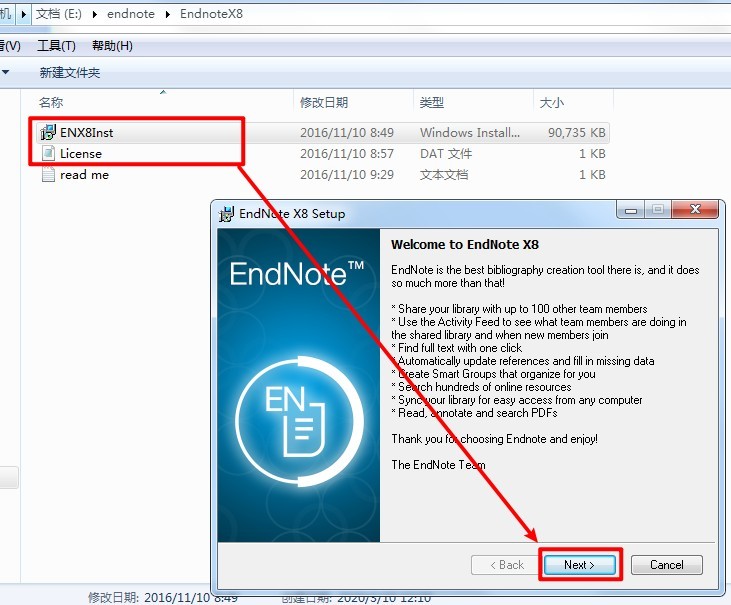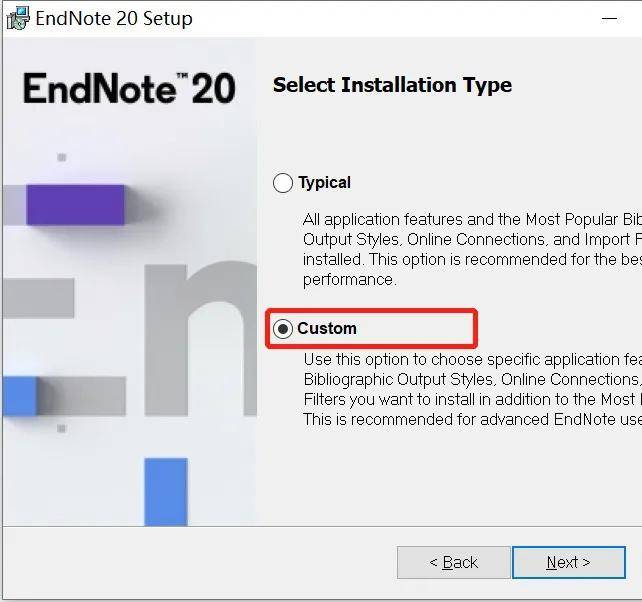

Create a groupfor each database and move the imported references from each database into them.Back up your EndNote library - you will need to do this at regular intervals during the process.If you anticipate a large number of records and wish to follow the deduplication method described by Jane Falconer then you should export the records from your databases in the order specified by the method. Export records from your databases one by one.Import journal terms lists for your discipline if available.Create a new Endnote Library, saving it onto a local drive (not a network drive or cloud storage).Once you've finalised your database searches in your different databases you'll be ready to export the records into EndNote. You can also follow the step by step process below. The following sections provide advice over EndNote's key functionality to support you with the process.


Typically, a systematic review will follow the PRISMA reporting standards and these include minimal reporting standards of the search and screening process to ensure transparency. EndNote can help you with the recording and reporting process for this by allowing you to store large numbers of references and providing methods for organising those references.
ENDNOTE INSTALLING EXPORT HELPER SOFTWARE
If you’re carrying out a systematic review or any literature review project where you need to take a systematic and transparent approach to conducting and reporting your search, then this will require accurate documentation of all stages of your review process. EndNote is one piece of software which can support you with this. It is also important to be aware of how the various steps in a systematic review should be recorded and reported.


 0 kommentar(er)
0 kommentar(er)
